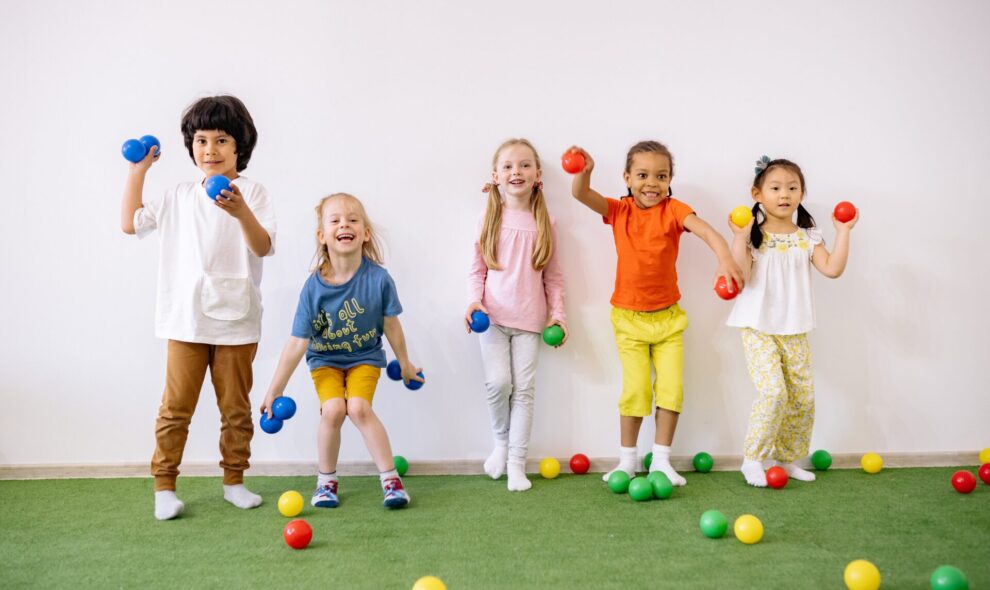A game-like approach in primary english tuition centre is innovative. It combines the thrill of games with language acquisition. Examples include points, rewards, and challenges. Educators use them to boost motivation, participation, and retention. This is the case when one wants to teach new vocabulary or grammar using board games. Players advance based on how they answer a question or solve a puzzle. Card games, like flashcards or grammar decks, let the student practice the language. They are interactive and reinforce learning. Also, there are digital resources. These include language-learning apps and online quizzes that give instant feedback. Virtual reality provides training in speaking and listening. Using both intrinsic and extrinsic motivation will be fun. Gamification will add rewards. This will make language learning a fun game. This is due to tougher collaboration and peer competition. They boost social learning and build a community of learners.
Students Collaborate, Solve Problems, and Reflect
PBL brings language learning to life through real-world challenges. Students research, collaborate and use language to solve problems. PBL starts with an interesting topic and breaks it into smaller tasks. These tasks focus on reading, writing, speaking, and listening. PBL builds critical thinking, problem-solving, and communication skills. Group work fosters cooperation, independence, and interactive learning. Students reflect on their learning and see their progress. PBL boosts motivation, raises cultural awareness, and builds confidence. Learners better understand the language.
Explore Vocabulary and Culture with Creative Expression
The arts in language learning reflect students’ creativity and engagement. It is an active mode to explore vocabulary, grammar, and cultural concepts. For example, by storyboarding, comic strips, and painting, students will:
- practice grammar,
- sequence their narratives, and
- express their creativity. This will deepen their knowledge of cultural contexts.
Music helps improve pronunciation, expand vocabulary, and build emotional connections with the language. Song analysis, karaoke, and music-making enhance listening comprehension and better retention of vocabulary. Including arts in lessons makes them more interactive. It gets students to think critically and exposes them to a culture and a language. Diverse teaching lets students creatively express themselves. It also helps them learn the language in fun, relevant ways.
Digital Tools Revolutionize Language Learning
The digital revolution has changed English language learning. Digital tools meet diverse learning needs. Personalized learning, instant feedback, and access to real materials are benefits. Apps like Duolingo and Memrise gamify lessons. Services like Tandem and HelloTalk match students with native speakers. Video tools like Zoom enable virtual classrooms. Blended learning, flipped classrooms, and group projects create active, collaborative, self-paced learning. Digital tools make learning engaging, interactive, and global.












